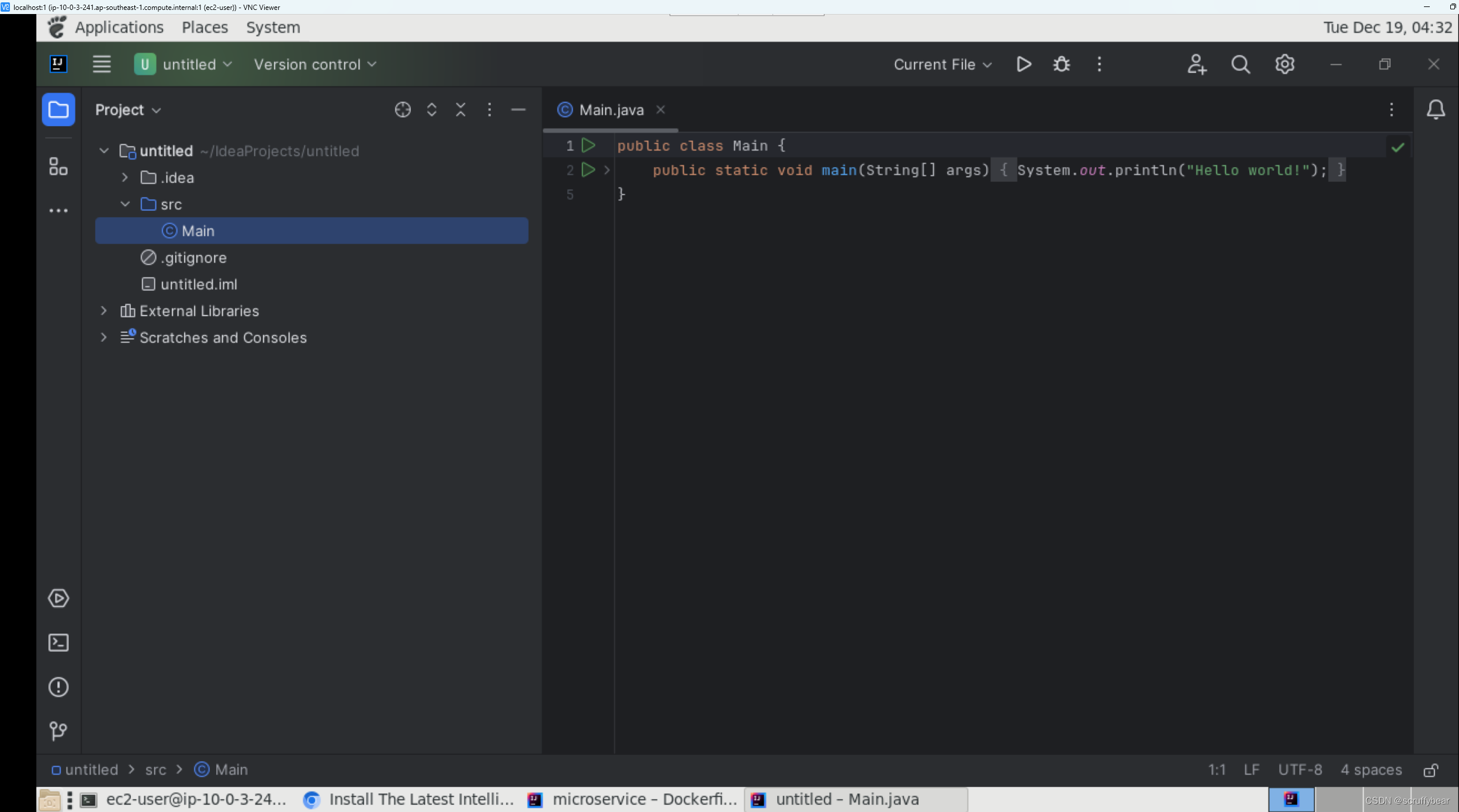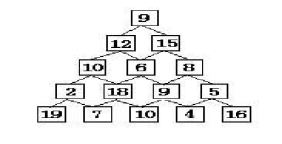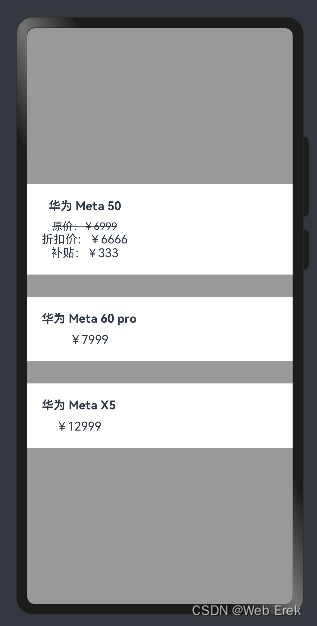目录
- 🔥前言
- Step 1: 熟悉项目
- Step 2: Hello world
- Step 3: 深入了解和使用
- Step 4: 可以看源码了!
- Step 5: API 二次封装
- Step 6: 持续关注和学习
🔥前言
都知开源好,只看源码看不懂,是俺太菜了?no no no,是方法不对而已~跟着下面的步骤,带你上手常见的GIS开源项目!
Step 1: 熟悉项目
什么是开源项目?
项目源代码开放,使用、修改和发行需遵守开源协议。
README 文件
这边会有关于项目的介绍,了解下该项目的使用场景和优点。
开源 License:
README 旁边一般会有个License,标记这个项目的开源协议,使用的时候要遵守该协议噢,当然也不排除有些是假开源(代码开源,但是版权自有,注意区别!)
Leaflet
git: https://github.com/Leaflet/Leaflet
官方网站: https://leafletjs.com/
License: BSD 2-Clause
Openlayers
git: https://github.com/openlayers/openlayers
官方网站: https://openlayers.org/
License: BSD 2-Clause
MapboxGL
git: https://github.com/mapbox/mapbox-gl-js
官方网站: https://www.mapbox.com/mapbox-gljs
License: v2.0: Mapbox TOS (不算开源); v1.13 及以下:BSD-3-Clause
Cesium
git: https://github.com/CesiumGS/cesium
官方网站: https://cesium.com/
License: Apache-2.0
QGIS
git: https://github.com/qgis/QGIS
官方网站: https://www.qgis.org/
License: GPL-2.0
Step 2: Hello world
Getting started
Leaflet
OpenLayers
Cesium
Step 3: 深入了解和使用
一般的开源项目为了推广和方便使用,官网都有类似 Tutorials, API documentation, Examples 的版块,跟着学习并码起来吧~
Step 4: 可以看源码了!
“不要一上来就去看源码,而是要基本掌握了功能、原理、关键设计之后再去看源码,看源码的主要目的是为了学习其代码的写作方式,以及关键技术的实现。”
Step 5: API 二次封装
“I Hear and I Forget, I See and I Remember, I Do and I Understand ”
Step 6: 持续关注和学习
参考:
https://time.geekbang.org/column/article/186778
https://www.cnblogs.com/makemylife/p/16537648.html
https://oschina.gitee.io/opensource-guide/guide/
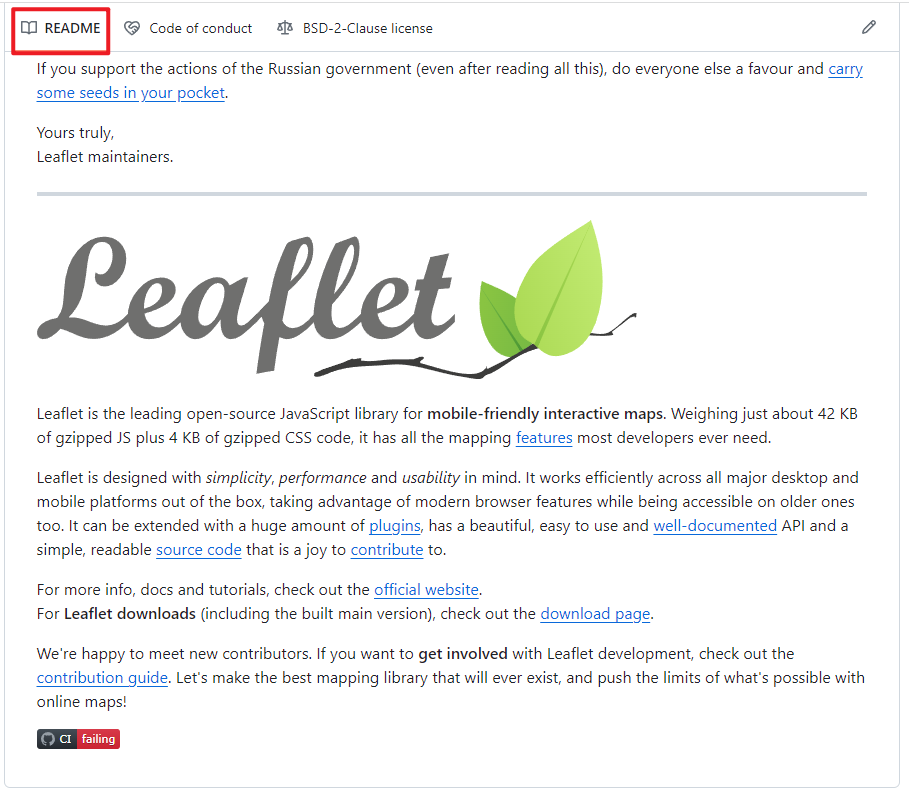
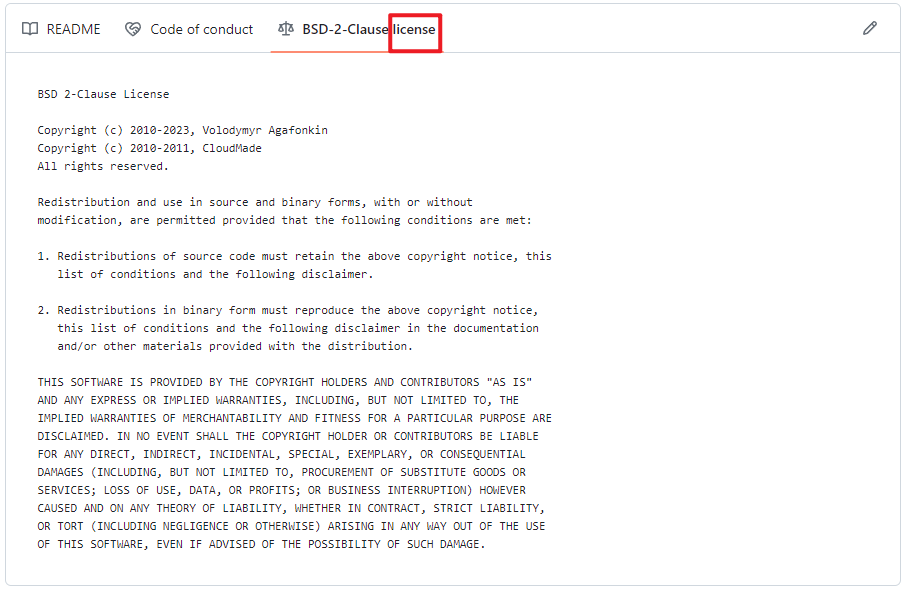







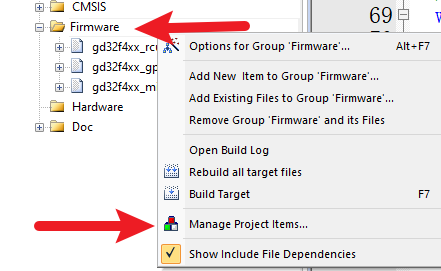
![[PyTorch][chapter 8][李宏毅深度学习][Back propagation]](https://img-blog.csdnimg.cn/direct/0bd5869d89094289bba80f32c34cd8e2.png)


